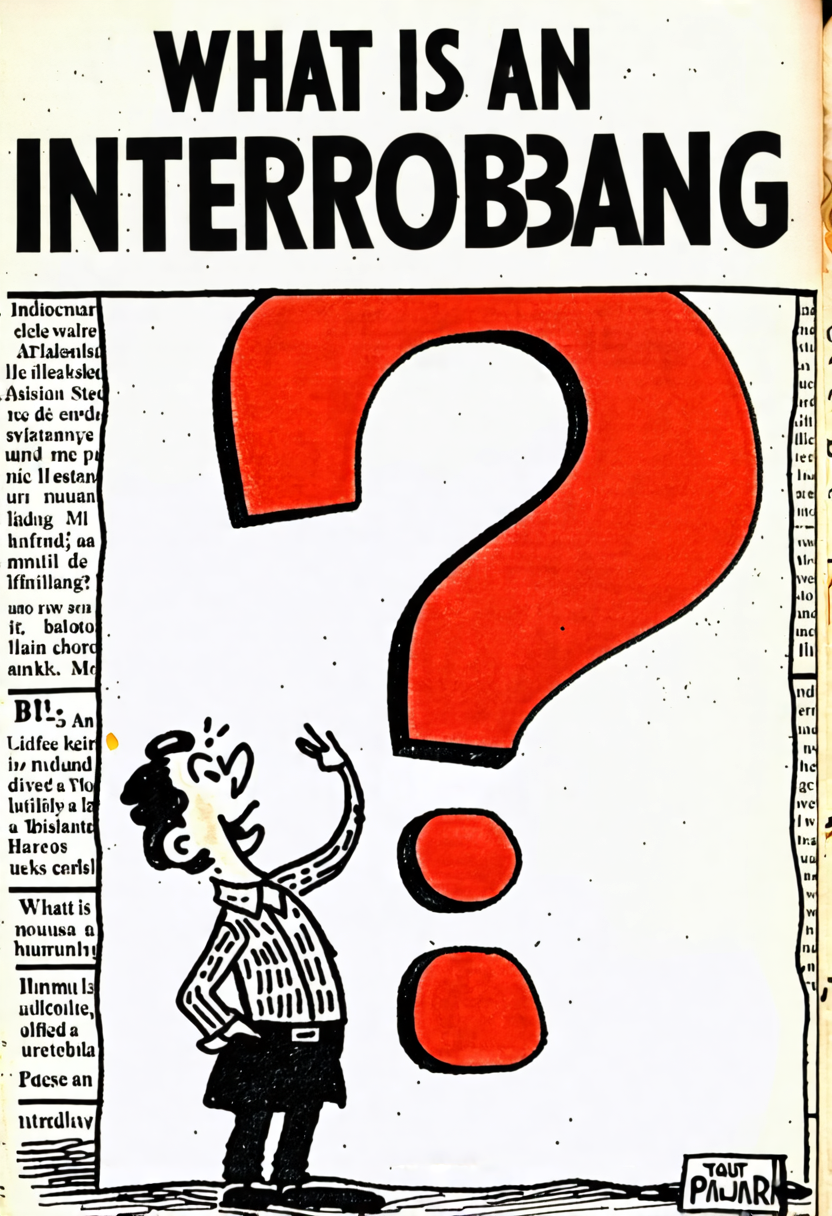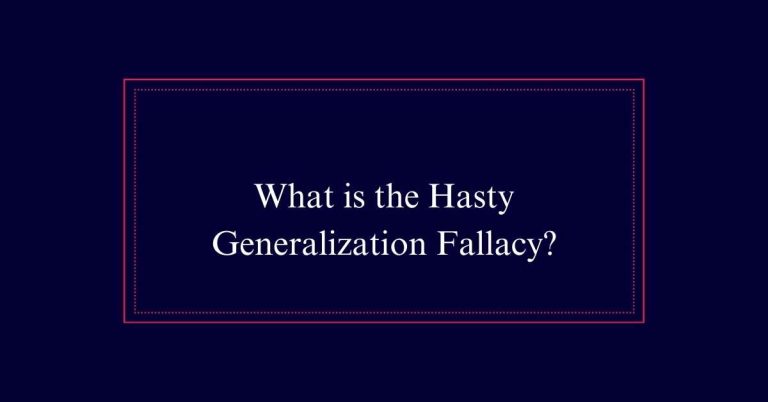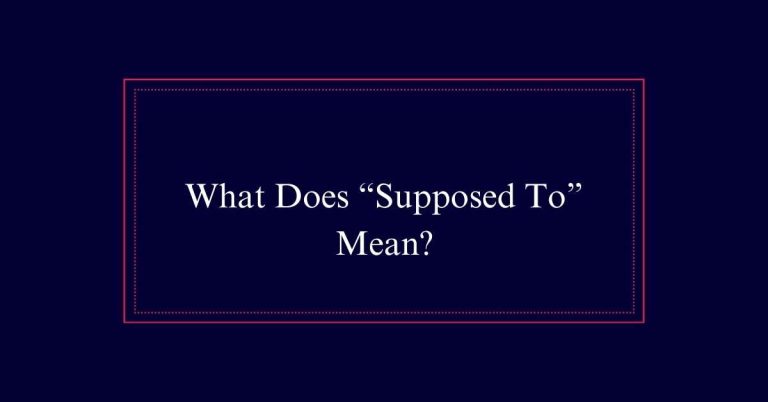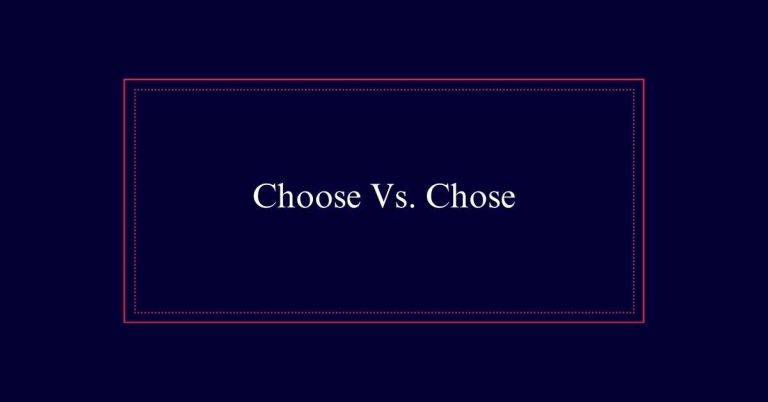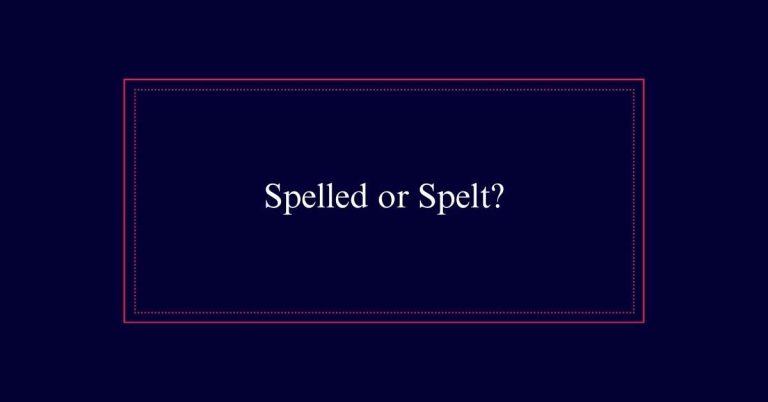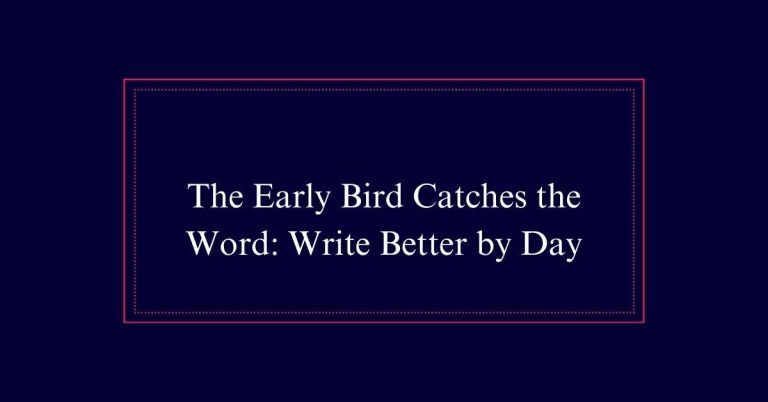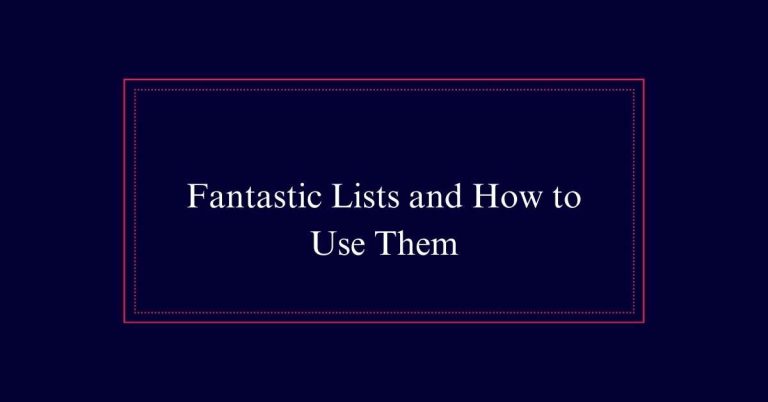What is an interrobang?! Definition with Examples
An interrobang is a punctuation mark that combines a question mark and an exclamation point, used to convey surprise or emphasize rhetorical questions. Invented by Martin K. Speckter in 1962, the interrobang adds flair to expressive writing by merging inquiry and excitement. It is usually seen in informal communications or digital media. For example, “You did what‽” or “She won the prize‽” are practical uses.
This mark enhances emotional context but is not suitable for formal writing. To type it, you can use the Unicode character U+203D.
Understanding the Interrobang
The interrobang is a unique punctuation mark that combines the question mark and exclamation point into one symbol. It represents a sentence that is both a question and an exclamation, expressing surprise or disbelief.
The term ‘interrobang’ blends ‘interro’ from ‘interrogation point’ (question mark) and ‘bang,’ a slang term for the exclamation mark. This symbol is useful for rhetorical questions that require emphasis or convey strong emotions.
For instance, you might use an interrobang in sentences like ‘You did what?!’ or ‘How could this happen?!’. Its design superimposes a question mark and exclamation point, creating a single, impactful glyph.
Though nonstandard, it adds a unique flair to expressive writing.
History of the Interrobang
In 1962, Martin K. Speckter, an advertising executive, invented the interrobang to combine the functions of a question mark and an exclamation point. Speckter believed that this new punctuation could effectively capture the tone of rhetorical questions often used in advertising copy. The interrobang gained some popularity and was even included in a few typewriter fonts and dictionaries.
| Year | Event |
|---|---|
| 1962 | Interrobang invented by Speckter |
| 1966 | Added to the Remington typewriter |
| 1968 | Featured in American dictionaries |
| 1970s | Decline in widespread usage |
While its use declined in the 1970s, the interrobang remains a fascinating example of punctuation innovation. Today, it continues to be a subject of interest among typographers and language enthusiasts.
Punctuation Combination
How do different punctuation marks combine to enhance written expression?
Punctuation marks are essential tools in writing that clarify meaning and convey emotion. Combining them can provide nuanced expression that single marks cannot achieve.
The interrobang (‽) is an excellent example, merging a question mark and an exclamation mark to express both inquiry and surprise or disbelief in one symbol. This combination allows writers to convey a heightened emotional state without resorting to multiple punctuation marks.
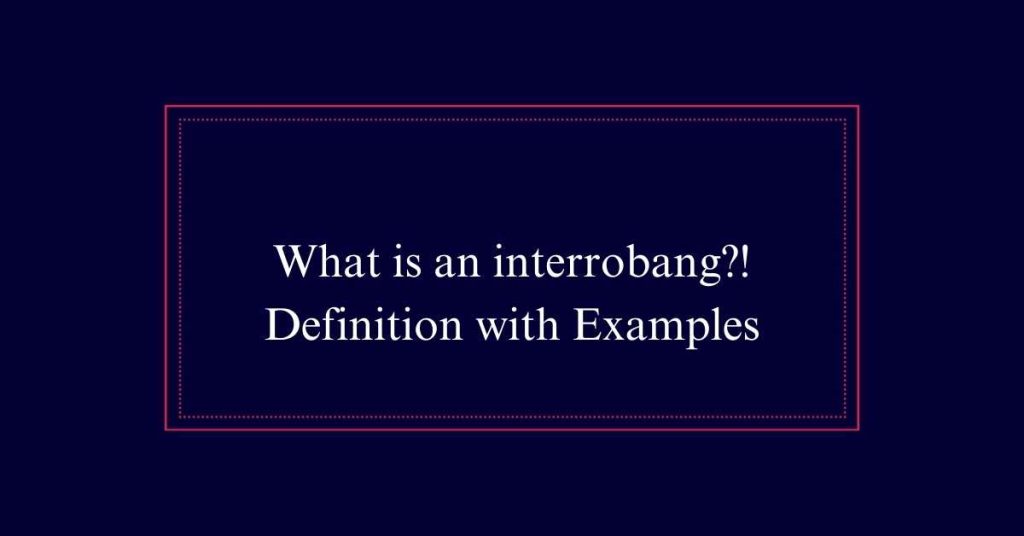
Such combinations are useful in informal writing, where expressing tone and emotion clearly is pivotal. By strategically merging punctuation marks, writers can create impactful sentences that resonate more deeply with readers, enhancing overall communication.
When to Use an Interrobang
Wondering when to use an interrobang? The interrobang is perfect for rhetorical questions that need emphasis. It combines surprise and inquiry, making it ideal for expressing astonishment or disbelief. Use it in informal writing to add energy to your sentences. Below is a table to guide you on when to use an interrobang:
| Situation | Example |
|---|---|
| Expressing shock or disbelief | “You got the promotion?! |
| Combining a question and exclamation | “She did what?!” |
| Highlighting rhetorical questions | “Who would have thought?!” |
Expressing Surprise and Disbelief
Expressing surprise and disbelief effectively often involves using punctuation to convey heightened emotion and urgency. An interrobang is ideal for this purpose. Combining a question mark and an exclamation mark, it captures the essence of both punctuation marks in one symbol.
For example, statements like ‘You won the lottery?!’ or ‘She said what?!’ convey a mix of shock and inquiry. The interrobang helps readers quickly grasp the speaker’s astonishment. This punctuation is particularly useful in informal writing, social media posts, and casual communication. It allows writers to express strong emotions without resorting to multiple punctuation marks.
Adding Energy to Questions
By combining the functions of a question mark and an exclamation point, an interrobang injects energy and emotion into questions. This unique punctuation mark enhances the impact of rhetorical questions, turning them into powerful expressions of shock or excitement. It is especially useful when the intent is to convey an intense reaction or disbelief.
| Usage | Example |
|---|---|
| Shocked Incredulity | “You did what?!?” |
| Excited Inquiry | “Are you serious?!” |
| Emotional Emphasis | “How could this happen?!” |
| Surprised Questioning | “You got the promotion?!” |
| Astonished Reaction | “You’re moving to Paris?!” |
Creating an Interrobang
Creating an interrobang can be accomplished through several straightforward methods. This unique punctuation mark merges the exclamation and question marks into one symbol. Here are some simple ways to create an interrobang:
- Draw it: Manually draw a straight line through the middle of a question mark.
- Use Unicode: Apply the Unicode character U+203D to insert an interrobang.
- Character Palette: On macOS, utilize the Character Palette to find and insert the interrobang symbol.
- Copy and Paste: Simply copy an existing interrobang from a reliable source and paste it where needed.
Typing an Interrobang
To incorporate an interrobang into your text, one effective method is to type it using specific tools and codes.
On a computer, you can use Unicode by typing the code U+203D. For macOS users, the Character Palette is a handy tool; simply search for ‘interrobang.’
In Google Docs, go to ‘Insert,’ then ‘Special characters,’ and type ‘interrobang’ in the search bar. Additionally, you can copy and paste the symbol if these methods are unavailable.
These techniques guarantee that you can easily include this unique punctuation mark in your writing, adding a touch of surprise or disbelief to your sentences without much effort.
This approach is both efficient and straightforward.
Examples of Interrobangs
Interrobangs are often used in sentences to convey a mix of surprise and inquiry, such as, ‘You bought a new car without telling anyone?!’ This punctuation mark is perfect for expressing astonishment in questions.
Here are a few more examples:
- ‘Henry’s leaving the company after only two months?!’
- This sentence shows shock at Henry’s decision.
- ‘What do you mean you lost the keys to my apartment?!’
- This expresses disbelief and urgency.
- ‘You’re telling me you’ve never seen an episode of Seinfeld?!’
- This highlights surprise at someone’s unfamiliarity with a popular show.
- ‘How could you forget our anniversary?!’
- This underscores disappointment and amazement.
These examples illustrate how interrobangs add emotional depth to questions.
Practical Usage Tips
Often, interrobangs are best used sparingly to preserve their impact and guarantee clarity in writing. Overuse can dilute their effectiveness and make your text appear informal. Here are some practical tips for using interrobangs appropriately:
| Scenario | Tip |
|---|---|
| Informal Communication | Use interrobangs to express strong emotions. |
| Formal Writing | Avoid interrobangs; use traditional punctuation. |
| Digital Media | Employ interrobangs to grab attention. |
| Personal Messages | Use them to convey excitement or disbelief. |
Incorporate interrobangs when the context calls for heightened emotion, but always consider your audience. In formal documents, sticking to traditional punctuation ensures professionalism. For digital content, interrobangs can add flair and immediacy. Remember, moderation is key to maintaining their unique expressiveness.
